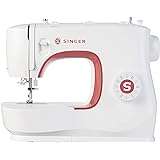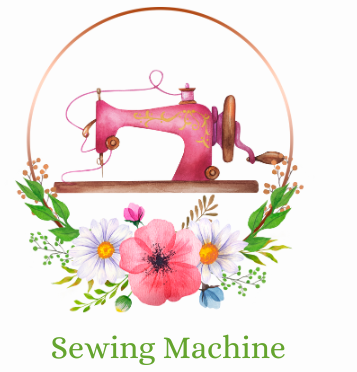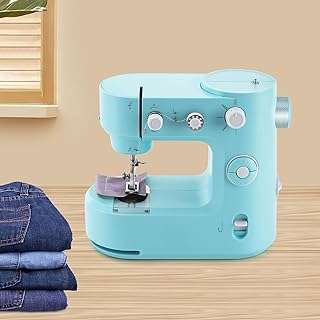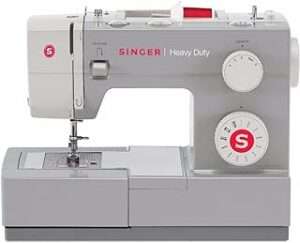
Introduction Becoming Proficient at Sewing Denim: Useful Hints for Needles and Machine Operations for Jeans.
Use the Right Needle:
The size of the needle depends on the weight of your denim fabric. Your choice is based on the size of the needle. Apart from industrial machines, even the needles should be larger to guarantee seamless stitching when thicker denim is being worked on.
Select the Proper Thread:
Select the thread, which is not going fracture with the routine sewing operations of denim. The threads made up of polyester, cotton or polyester-wrapped cotton ones are the most suitable for the DIY of this pattern.
You may choose a strong sewing thread to obtain a more characterful and embroidered look. Treads make denim seating stitches sparkling and look of roughness of garment more appealing.
Adjust Tension Settings Becoming Proficient at Sewing Denim: Useful Hints for Needles and Machine Operations for Jeans.
Tighten up the stitching tail a little bit so that the seams don’t look too stiff or wrinkly, instead, sleek and seamless. Try to vary the settings of relative tension until you find the proper balance of denim fabric.
Use a Longer Stitch Length:
Lengthen the sewing stitch length from your machine if you are working with denim fabric. Stitch hole distance is the additional penalty in stitching through very layered fabrics. More stitch distance will give better penetration through denim and nicer appearance.
Treat 3.0 mm to 3.5 mm line-length as your goal when sewing denim. Such length will allow you to get a stable stitch. Modify the stitches set according to your fabric density and thickness.
Employ Proper Seam Finishes:
Close all edges using the required seam finishes to prevent unraveling or any other one form of damage. Possible methodologies might include flat-fell seams and serge seams, zigzag stitches and, Bangla Bow and so forth.
For a seamless look, hand stitch the seam margins to one side of the jacket using matching or contrasting thread. Topstitching can prove to be useful as it not only reinforces edges, but as well, increases the aesthetics of the product.
Use Heavy-Duty Presser Feet Becoming Proficient at Sewing Denim: Useful Hints for Needles and Machine Operations for Jeans.
Having a walking foot attachment can be useful especially when sewing multiple layers of denim fabric since it helps achieve great feeding uniformity of the fabric. The walking foot provides the same fabric feed motion and helps in preventing the shifting of the fabric during machine operation.




